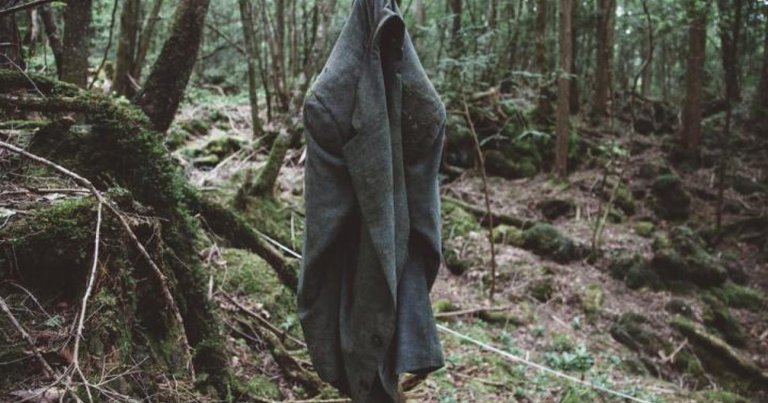
A timberland is an extensive zone overwhelmed by trees. Many more exact meanings of woods are utilized all through the world, fusing elements, for example, tree thickness, tree tallness, arrive utilize, legitimate standing and biological function.According to the broadly used[5][6] Food and Agriculture Organization definition, backwoods secured four billion hectares (15 million square miles) or around 30 percent of the world's property region in 2006.
Woods are the prevailing earthbound biological community of Earth, and are conveyed over the globe. Woods represent 75% of the gross essential profitability of the Earth's biosphere, and contain 80% of the Earth's plant biomass.
Woods at various scopes and rises shape unmistakably unique ecozones: boreal timberlands close to the shafts, tropical woodlands close to the equator and calm backwoods at mid-scopes. Higher rise territories tend to help backwoods like those at higher scopes, and measure of precipitation additionally influences timberland creation.
Human culture and backwoods impact each other in both positive and negative ways.[8] Forests give biological community administrations to people and fill in as vacation spots. Woods can likewise influence individuals' wellbeing. Human exercises, including collecting backwoods assets, can contrarily influence woods ecosystems.Although woodland is a term of normal speech, there is no generally perceived exact definition, with more than 800 meanings of timberland utilized around the world.[4] Although a timberland is typically characterized by the nearness of trees, under numerous definitions a region totally inadequate with regards to trees may at present be viewed as a woodland on the off chance that it developed trees previously, will develop trees later on, or was legitimately assigned as a timberland paying little mind to vegetation type.[10][11]
There are three general classifications of timberland definitions being used: authoritative, arrive utilize, and arrive cover.[10] Administrative definitions are construct fundamentally upon the lawful assignments of land, and ordinarily bear little relationship to the vegetation developing with respect to the land: arrive that is legitimately assigned as a backwoods is characterized as a woods regardless of whether no trees are developing on it.[10] Land utilize definitions depend on the basic role that the land serves. For instance, a woods might be characterized as any land that is utilized principally for creation of timber. Under such a land utilize definition, cleared streets or foundation inside a zone utilized for ranger service, or zones inside the district that have been cleared by gathering, sickness or fire are as yet considered timberlands regardless of whether they contain no trees. Land cover definitions characterize woods in light of the sort and thickness of vegetation developing on the land. Such definitions regularly characterize a timberland as a zone developing trees over some limit. These limits are normally the quantity of trees per region (thickness), the territory of ground under the tree shelter (overhang cover) or the segment of land that is involved by the cross-segment of tree trunks (basal area).[10] Under such land cover definitions, and region of land just be characterized as woods on the off chance that it is developing trees. Regions that neglect to meet the land cover definition might be as yet included under while juvenile trees are building up on the off chance that they are relied upon to meet the definition at development.
Under land utilize definitions, there is impressive minor departure from where the cutoff focuses are between a timberland, forest, and savanna. Under a few definitions, backwoods require elevated amounts of tree shelter cover, from 60% to 100%, barring savannas and forests in which trees have a lower shade cover. Different definitions view savannas as a kind of timberland, and incorporate all territories with tree coverings more than 10%.
A few zones shrouded in trees are legitimately characterized as farming regions, e.g. Norway spruce manors in Austrian woods law when the trees are being developed as Christmas trees and beneath a specific stature.